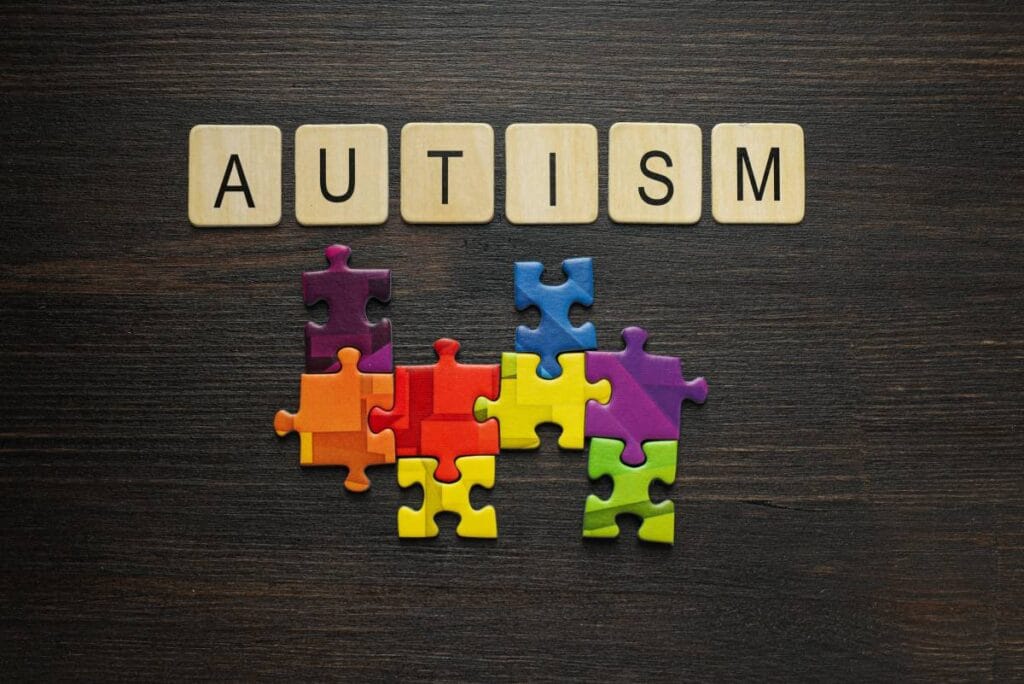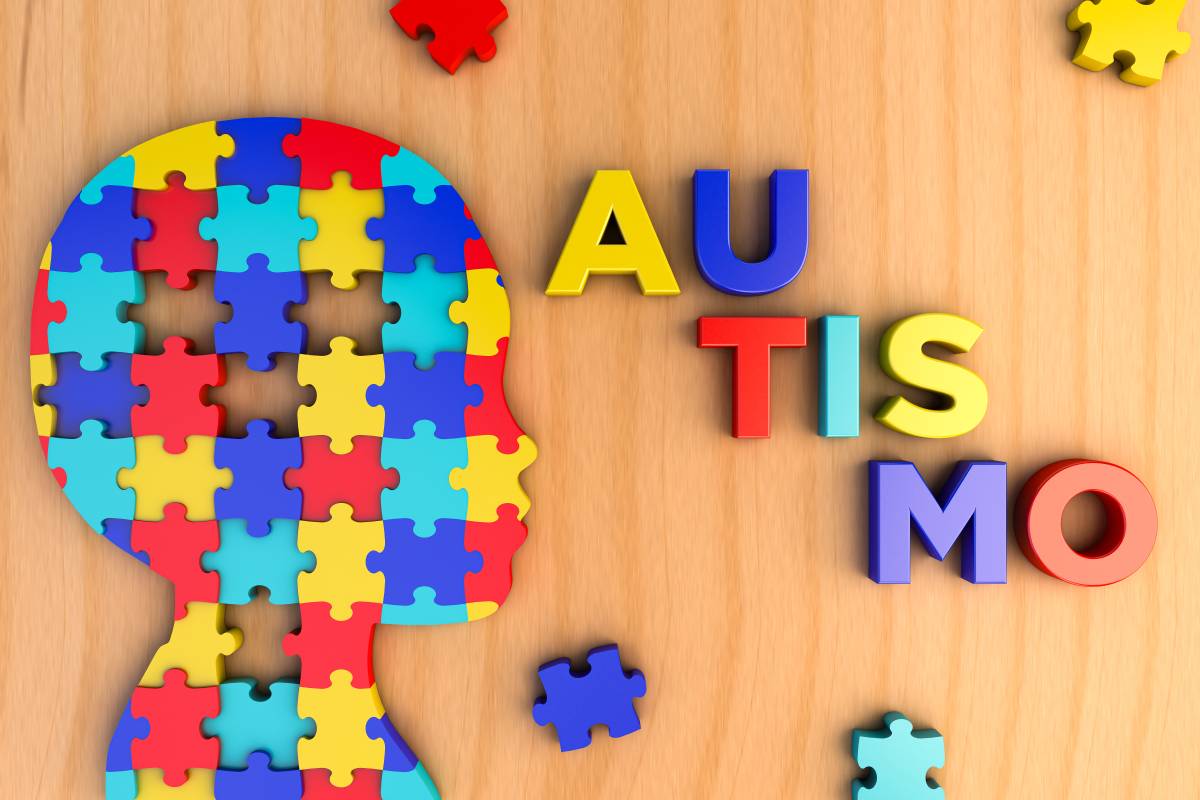Autism puzzle-solving practice is a powerful tool that helps children with autism to develop cognitive, motor, and problem-solving skills. Incorporating creatives into the process makes learning more engaging and personalized. Here are the benefits of autism puzzle activities and how adding creative elements can enhance the experience.
Puzzle-Solving benefits for child with Autism
Puzzles are excellent tools for autistic children as they offer structured play, which makes them comfortable. The benefits include:
- Cognitive Development: Encourages critical thinking, pattern recognition, and logical reasoning.
- Fine Motor Skills: Helps improve hand-eye coordination and dexterity through handling puzzle pieces.
- Focus and Patience: Enhances attention span and perseverance in completing a task.
- Sensory Engagement: Provides a tactile and visual learning experience.
Adding Stickers to Autism Puzzle Activities
Stickers introduce an interactive and rewarding element to puzzle-solving. They can serve multiple functions:

- Motivational Rewards: Placing a sticker after completing a section boosts confidence and motivation.
- Visual Cues: Stickers with colours or numbers help guide children toward correct placements, making puzzles less intimidating.
- Customization: Personalizing puzzles with favourite stickers fosters a deeper connection to the activity.
Boosting Creativity in Puzzle Practice
Creativity can transform autism puzzle-solving into an enriching experience. Here’s how:
- Themed Puzzles: Incorporating themes like animals, space, or favourite characters enhances engagement.
- DIY Puzzles: Creating puzzles from drawings or printed images gives a sense of ownership and excitement.
- Storytelling with Puzzles: Encouraging children to create stories around puzzle scenes stimulates imagination.
- Textured and 3D Elements: Adding felt, foam or textured stickers enriches the sensory experience.
Conclusion
Autism puzzle-solving is an effective method to build essential skills in a structured yet enjoyable way. Parents, caregivers, and educators can create a more stimulating and personalized learning environment by integrating stickers and creativity. Whether through motivational rewards, sensory enhancements, or imaginative storytelling, these practices make puzzle activities more meaningful for children with autism. Start incorporating these fun techniques today and witness the positive impact on cognitive and motor skill development!
